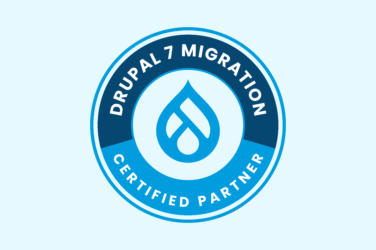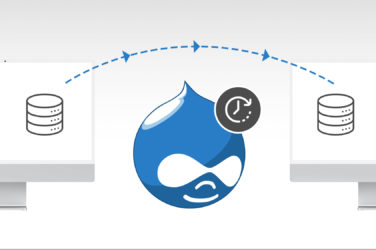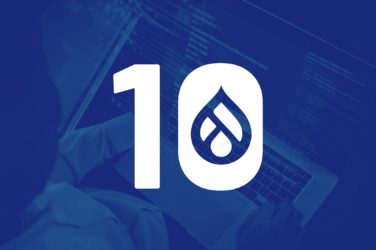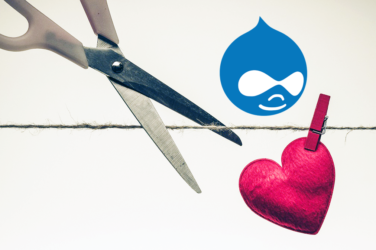What You Need to Know About Drupal 7 End of Life (EoL)
What you need to know:
- D7 goes away in January 5, 2025.
- D8 has already reached end of life.
- Drupal 9 end of life is November 2023.
- Drupal 10 was released December 2022.
- Moving to D9 is not the only alternative.
- Migrating out of D7 can be a huge effort.
- D7 owners need to take action NOW!
D7 Doomsday
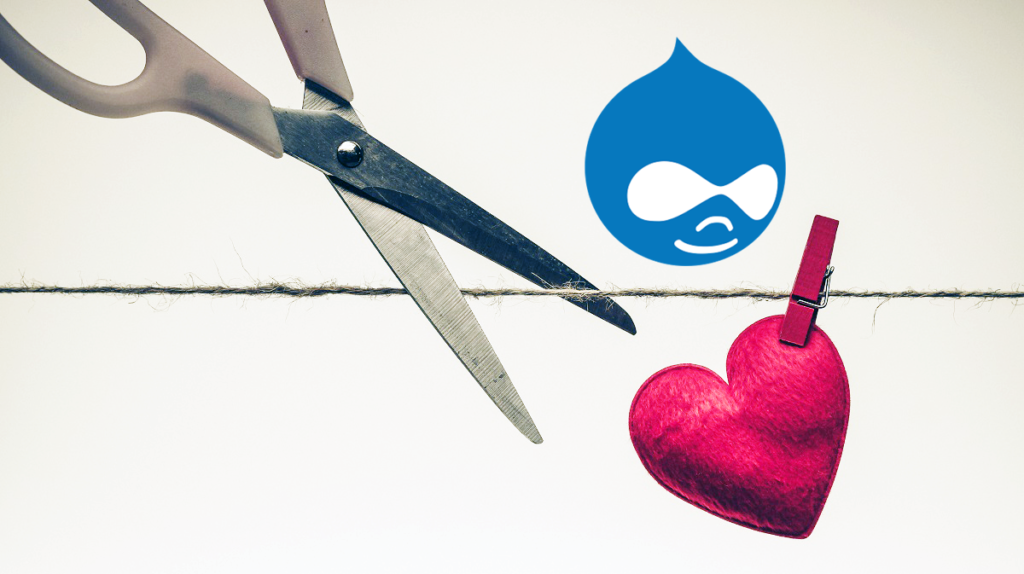
As you probably know, Drupal is a website content management system, sometimes thought of as a web operating system. Drupal powers hundreds of thousands – if not millions – of websites around the world.
Drupal is a favorite among academic institutions, museums, scientists, government agencies, member associations and other organizations that deliver complex, structured data and information to the public.
Drupal is very powerful, technically capable, fully featured, scalable, and secure. It’s been around for 20 years.
The most widely used version of Drupal, Drupal 7, has been around for close to 15 years and has had an amazing run, powering websites such as WhiteHouse.gov, (though, that site recently migrated to WordPress).
Dries Buytaert, (Founder of Drupal, President of the Drupal Association, CTO of Acquia, and Project Lead on Drupal) has stated clearly in his blog that Drupal 7 will lose support soon.
Curiously, Drupal 7 will outlive its successor, Drupal 8, by a four years. Drupal 7, which came out in 2011, will retire in 2025. Drupal 8, which came out in 2015, retired in November 2021. Drupal 7 and Drupal 8 sites will need to migrate to Drupal 9 if they want to stay with the content management system. Episode 2 of The Agile Podcast talks specifically about Drupal 7’s end of life.
One of the major changes between Drupal 6/7 versus Drupal 8/9/10 is that Drupal version 8 and beyond are built on top of Symfony.
Drupal 8 was built in Symfony 3, Drupal 9 was built in Symfony 4, Drupal 10 is being built in Symfony 5.x but will depend on Symfony 6. And when a version of Symfony reaches its end of life, so does the dependent version of Drupal.
| Version | Release | Retirement | Lifespan |
| Drupal 6 | Feb 2008 | Feb 2016 | 8 years |
| Drupal 7 | Jan 2011 | Jan 2025 | 14 years |
| Drupal 8 | Nov 2015 | Nov 2021 | 6 years |
| Drupal 9 | Jun 2020 | Nov 2023 | 3 years |
| Drupal 10 | Dec 2022 | TBD | TBD |
Drupal 7 Migration: Estimating cost, time and money
Setting aside the technical details
These are the most important take-aways from professionals who have been living and breathing Drupal 7 migration for the past few years:
- Moving to Drupal 10 is a complete rewrite of all the code.
- It takes longer to rebuild in D10 than it took to build in D7.
- Almost everything is taking longer than expected.
- Many Drupal 7 migrations take at least a year to perform.
- Many Drupal 7 migrations exceed $1M USD in cost.
- Many organizations simply did not plan or budget for this.
Given that there is less than two years before Drupal 7 retires, organizations still running Drupal 7 need to plan and act now. Start the conversations now. Start the budgeting and procurement process now. Start developing and documenting requirements now. Do not delay or else you could find yourself running a Drupal 7 site after January of 2025, which means limited and perhaps expensive support.
Benefits of Drupal 10
Despite the dire, end-of-life warning in the previous section (and corresponding blog post), there is some good news about migrating to D10.
Unlike D7, which was more of an update to Drupal 6, which was an update to Drupal 5, which was an update to Drupal 4 … Drupal 8 was a complete rewrite of the core software that makes future upgrades easier. D8, D9, and D10 use a modern technology stack to ensure forward compatibility for subsequent versions. Once a site moves into D9, the move to D10 should be quicker and less expensive than the initial move from D7.
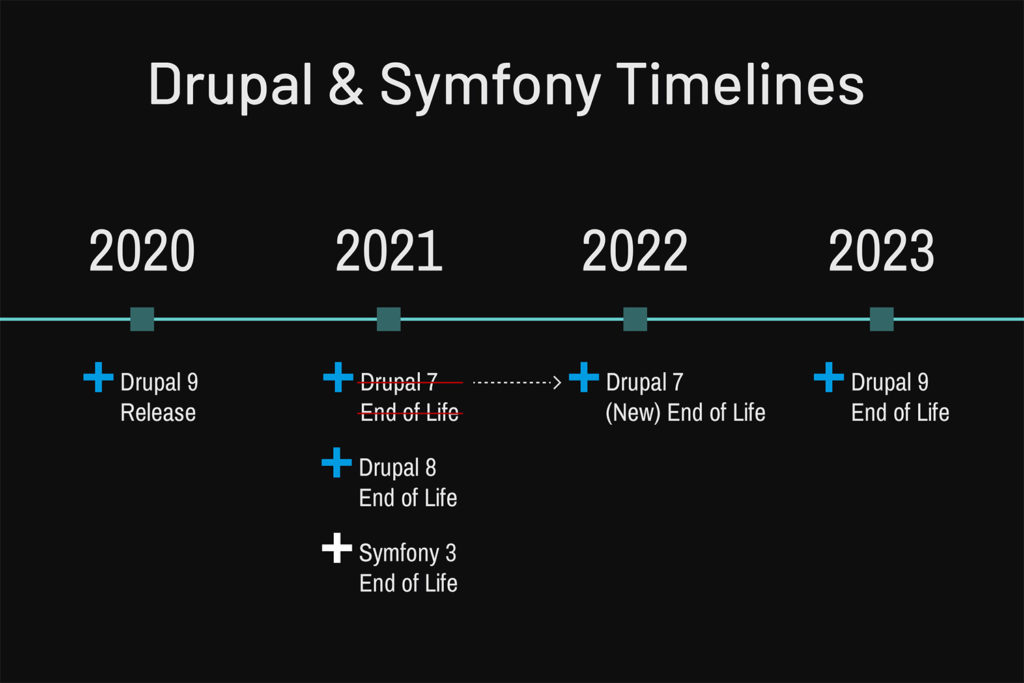
10 upsides of D10
- It’s faster – D10 is designed to load faster than D7
- It’s fluent – D10 has multi-lingual language support
- It’s responsive – D10 is built using mobile-first methodology
- It’s easier – D10’s layout builder features drag-and-drop functionality
- It’s decoupled – D10’s API-first (JSON) approach eases app development
- It’s (more) secure – enhanced security, especially on the front end
- It’s streamlined – improved DevOps and content authoring workflow
- It’s multimedia – easier to upload, embed, and reuse media types
- It’s future proof – D8.9.x should be very similar to D10
- It’s more compatible with evolving technologies
That last point is an important benefit of Drupal 10; migrating to future versions of Drupal will be the last time organizations need to think about undertaking a major Drupal upgrade. Migrating from Drupal 8 to Drupal 10 isn’t a herculean effort like it was to migrate from Drupal 6 to Drupal 7 or from D7 to D8.
Drupal is not your ONLY alternative
It may not make sense (or cents) to migrate from Drupal 7 to Drupal 10 (D10). It could be that, depending on your requirements, other options or alternatives would better suit your needs. There are other web operating systems (WOS) or content management systems (CMS) such as WordPress (WP). Maybe a custom web framework such as React, Django, Symfony, or Laravel is best suited for your needs.
There is also a fork (clone) of Drupal 7 called Backdrop CMS that has taken a life of it’s own. So, if you love Drupal 7 and don’t want to leave it, Backdrop CMS allows you to stay with a supported version of Drupal 7.
Migration Process
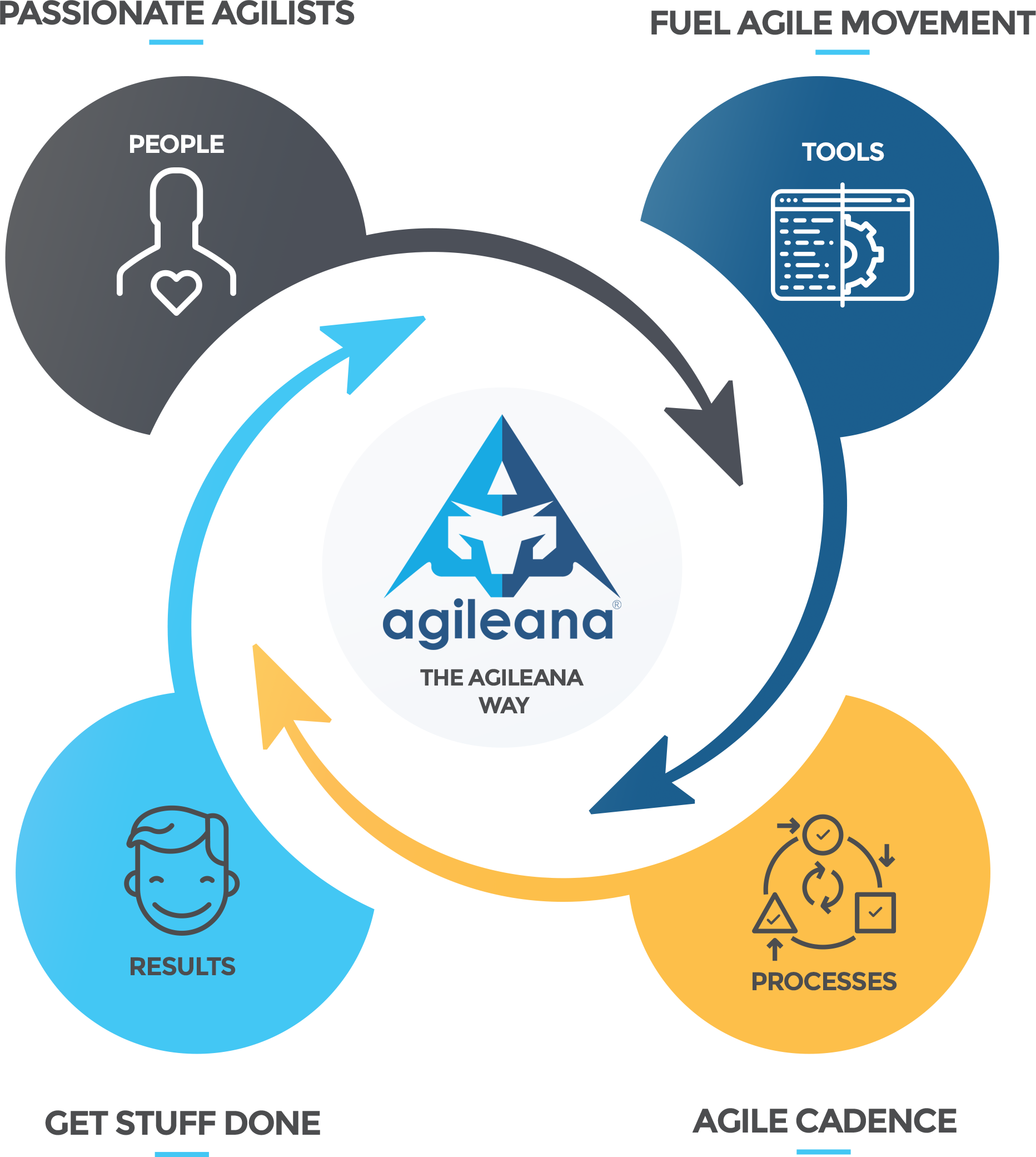
One of my favorite movies, which has also contributed to Agileana’s company culture, is the movie 300. In that movie, there is a great line that also describes the D7 to D10 migration process, “This will not be over quickly. You will not enjoy this.” Bottom line is that Drupal migration is not easy. You can’t just push an upgrade button.
How to estimate the cost of Drupal migration >>
The entire website (front-end and back-end) needs to be rebuilt completely. This is a long, lengthy, risky, and error-prone process. Errors, omissions, and mistakes can happen at every corner. So, organizations need to pay special attention to quality assurance and testing. Even migrating the users and content, which might seem to be the simplest part of the process, can consume quite a bit more time and resources than expected.
The Agile Approach
Agile means a lot of things to a lot of people. In some cases, people and organizations are agile in name only. We have built our company on a foundation of agile software development. So, what does that really mean? From our perspective, agile means the following:
- Be open to change. You might think that if a Drupal 7 website already exists and all you need to do is convert it to Drupal 10, then that would be an easy task. Just swap out this for that, feature by feature, page by page. But, it isn’t that simple. First of all, it could be that a lot of features built into the existing website are obsolete and should not be in the next version. Moreover, it could be that some things, especially with the user experience (UX), need improvement. So it would be wasteful to clone bad behavior. Jonathan Rasmusson states in his brilliant book, “The Agile Samurai,” that whatever requirements you gathered in the beginning are guaranteed to change. So, it is important to be open to change if you want to deliver a usable product.
- Take an iterative approach. Also in “The Agile Samurai,” Rasmusson explains that if you accept the fact that it is impossible to gather all requirements at the beginning of the project then you are not afraid to begin your journey without knowing everything up front. So, it is important to just get started. But, we are not going to disappear into a lab to spend months consuming requirements, followed by months designing a UI, followed by months developing the backend, followed by months of testing and then reappear a year or two later to debut the new version. Instead, we are going to rapidly stand up a prototype and then iteratively design, develop, test, present, obtain feedback from users, and repeat. The iterative approach ensures that the final product is on target because it was based on user centered design (UCD).
- Prioritize. Rasmusson has a third simple truth of software development and that is, “there will always be more to do than time and money will allow.” So, we should not get stressed when our to-do list exceeds our time and resources to deliver. Knowing that we could run out of time and money at any time, we want to focus on the most important features, elements, and priorities at any given time so when time or money does run out, we will have assured ourselves that we got the most important things done with the time and money we had.
- Go lean. We want to focus on the minimum viable product (MVP) and avoid gold-plating the project. We don’t want to throw on more people than necessary because our efficiency and velocity drops every time we add a layer of communication to our hierarchy. We prefer a flat, lean, non-hierarchical scrum team facilitated by servant leaders.
Our Qualifications
As of this writing, there are more D7 websites in need of migration than qualified Drupal development teams available to migrate these websites. The world would have to migrate 25,000 Drupal websites every month until Drupal 7 and 8 scheduled end of life (EOL) to get through all of them. Unfortunately, there simply aren’t enough Drupal shops or Acquia Certified Drupal developers available to jump on an intensive three-to-six-month project.
At a minimum, for a Drupal website of moderate complexity that serves as a mission-critical, enterprise-level system of an organization, the level of effort would require a team of 5 people including:
- Team leader (PMP, CSM, CSPO)
- Front-end Drupal developer (Acquia Certified)
- Back-end Drupal developer (Acquia Certified)
- Full-stack Drupal developer (Acquia Certified Grand Master)
- Business analyst and quality assurance professional
Fortunately, Agileana has this team of professionals. We hold the following certifications and credentials:
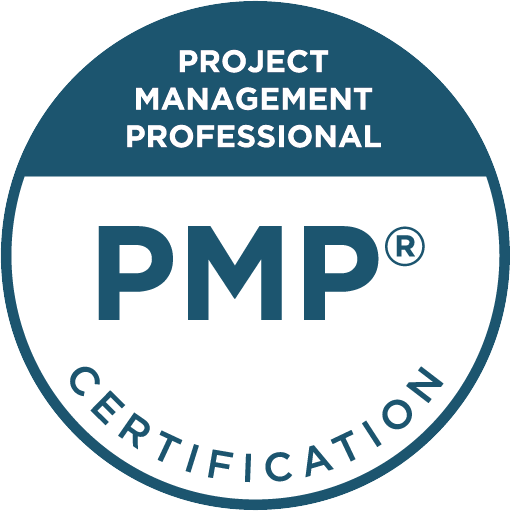
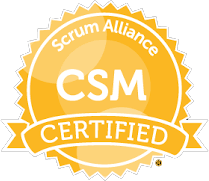
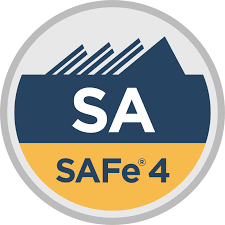

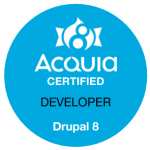
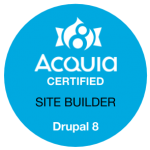
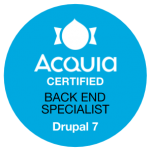
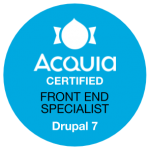
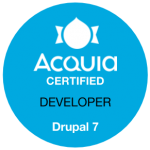
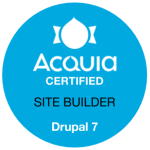
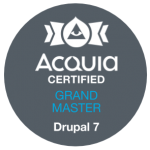

Getting Started
Few organizations have a sense of urgency to migrate now when they can migrate later. Problem:
Supply and Demand. There is significantly more DEMAND for migrating out of Drupal 7 than the available SUPPLY of qualified Drupal teams capable of navigating the Drupal migration process. There simply are not enough people or teams with the skills and experience required to get organizations out of Drupal 7 before Drupal 7 expires. There is a scarcity, a shortage, of qualified, experienced, capable, professionals.
Most organizations, when they realize how much it costs to migrate from Drupal 7 to Drupal 10, figure they don’t have it in their budget this year to start a migration. So, more than half of all organizations running D7 will wait until mid-to-late 2024 before they even start this migration process. This will result in a rush, or perhaps stampede, to find Drupal shops and developers available for these projects.
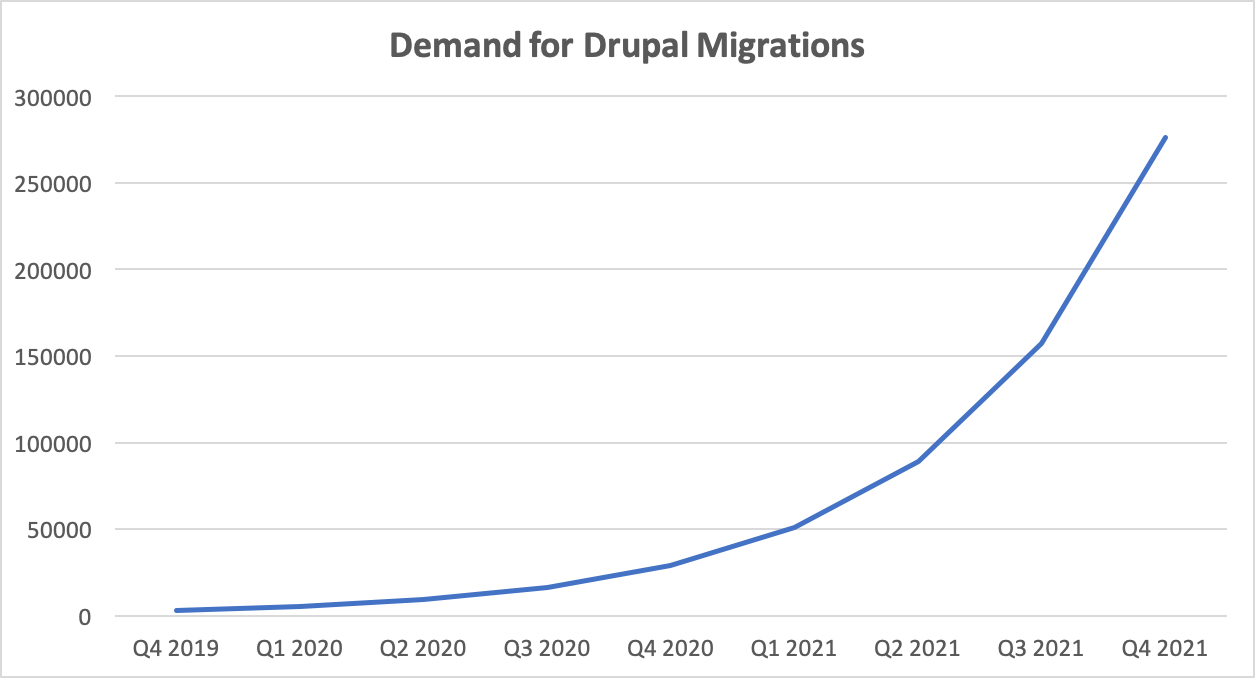
The final take-way is:
- Drupal’s end of life is coming. It’s imminent.
- Drupal migration is probably a bigger effort than you thought.
- Forward-leaning organizations need to plan and act NOW.
Please, give us a call at 202.660.2940, or email us at [email protected]. Let’s talk about your organization, your website, your goals and objectives, your budget, your timeline, and how we can help you.
Get the latest news, tips, and podcasts about Drupal, lean-agile web development, user-friendly design, and more delivered directly to your inbox.

